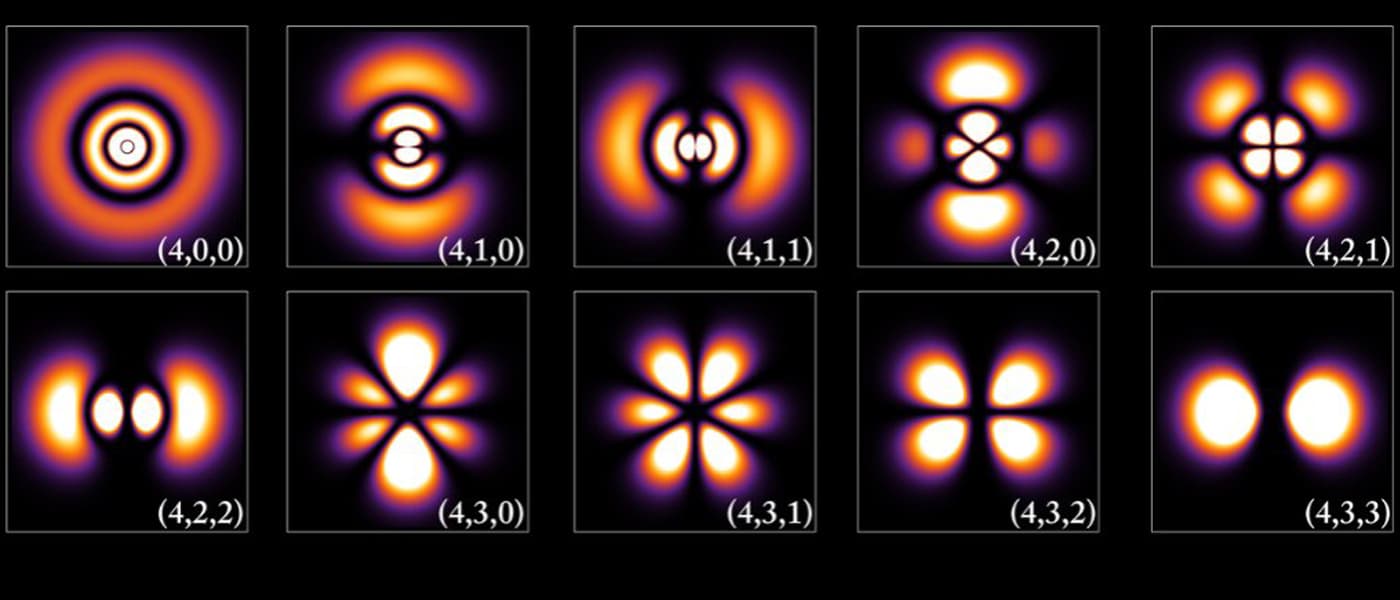Classical Physics vs Quantum Physics
Alas, our hopes of developing a set of universal laws in relation to the fundamental physics that governs our universe—of coming up with a “theory of everything”—are looking more and more dim. Physicists have just found more compelling evidence implying that gravity, which determines how massive objects impact the fabric of spacetime, just doesn't honor the laws of quantum physics, which governs the world of the very, very small.
To break this down, the biggest challenge in modern physics is finding some form of agreement between classical physics and quantum physics. In an attempt to connect the two, a team of Chinese scientists from Huazhong University of Science and Technology in Wuhan recreated one of Galileo’s experiments. Specifically, they were working with the equivalence principle, which asserts that objects of the exact same mass will follow the exact same trajectory if they fall in a vacuum.
Galileo’s 1589 Tower of Pisa experiment aimed to prove the equivalence principle (it can also be broken down as, “Gravity accelerates all objects equally regardless of their masses or the materials from which they are made,” according to NASA).
Watch this awesome video of gravity at work in a vacuum—without air resistance impeding its effects:
By using two rubidium atoms with opposite quantum spins, the scientists were hoping to find evidence that, at molecular sizes, the laws of quantum physics would somehow affect gravity and therefore form a connection between quantum physics and classical physics.
This means that the equivalence principle would not completely apply to the situation and that they should be able to see some difference in the speeds at which the atoms fall, due to their quantum spin.
Gravity Snubs Quantum Spins
This has been tried many times before, but this is the first time they were tried on atoms instead of full-sized objects.
The two rubidium atoms were cooled to a few millionths of a degree above absolute zero to make them more stable (atoms move more at higher temperatures), and were placed in a vacuum tube.
Using laser beams, they propelled the atoms upwards and measured the rate at which they fell using a technique called "atom interferometry."
The experiment showed that gravity paid no heed to the atoms’ opposite quantum spins and gave them the same treatment as all other objects: The equivalence principle still prevailed. The atoms fell at pretty much identical rates, meaning that even at quantum scales, the laws of classical physics for gravity still apply.
This is a problem in that there is still no way to connect the two aspects of physics to each other, making the attempt to arrive at a unified theory (seemingly) a vain one.
However, these is hope. It is possible that there is some effect, but that our current measurement devices just can’t detect them. Future developments in technology and research may yet yield an answer somehow.
Share This Article
